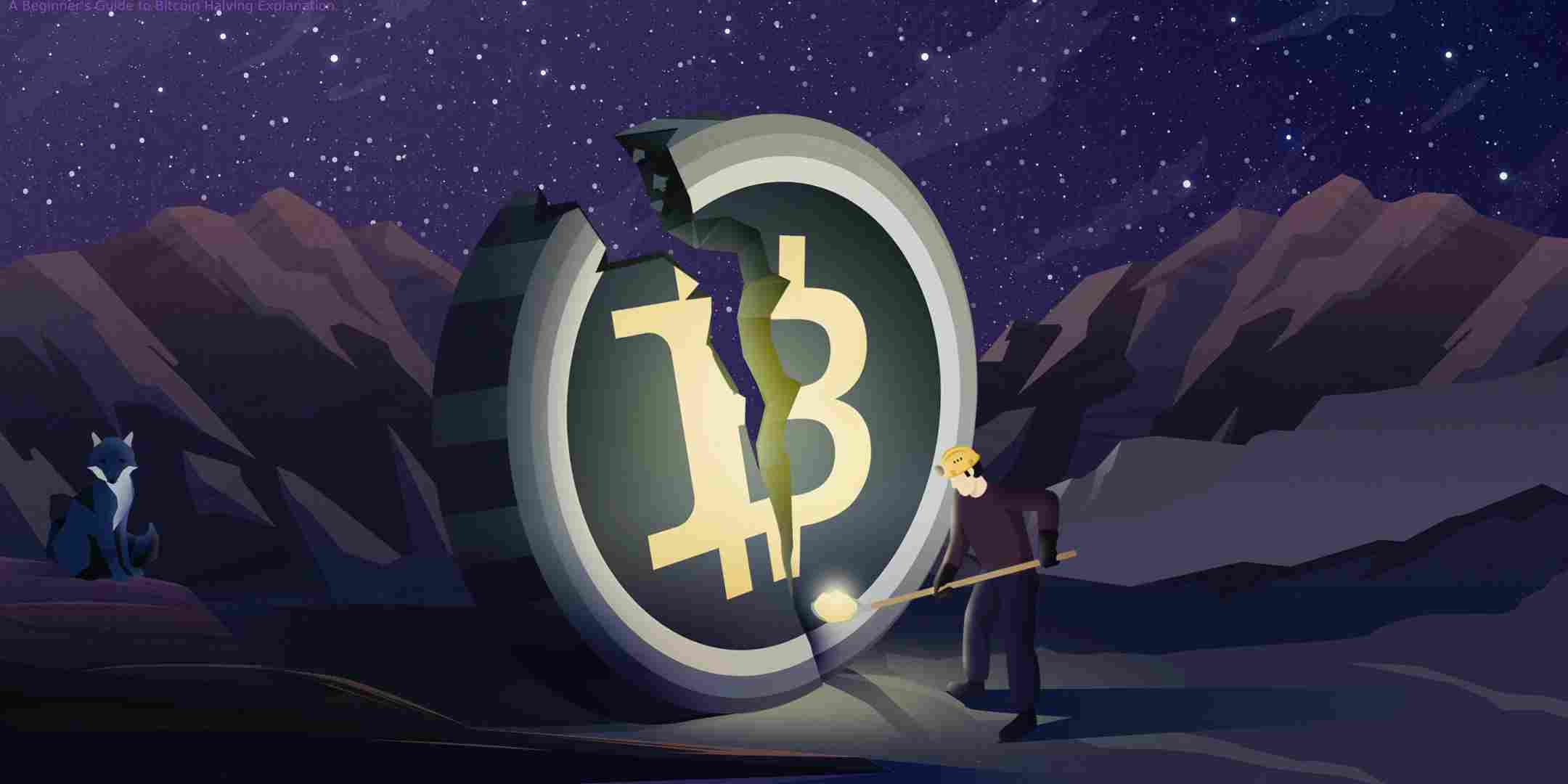You may be familiar with the term “Bitcoin halving” if you are new to cryptocurrency. Many people still don’t get it, even though it is the main factor driving the price increase of BTC. Every four years, the price of Bitcoin is halved, which has a significant effect on the cryptocurrency market. The halving of Bitcoin, its significance, and how it impacts the cryptocurrency market are all covered in this blog article.
Table of Contents
What is halving in Bitcoin?
Bitcoin halving is a procedure that slows down the rate at which new bitcoins are put into circulation. The reward for miners creating new blocks is half for every 210,000 blocks mined. This occurrence is predetermined in the Bitcoin source code and aids in controlling inflation. Additionally, it guarantees that there will never be more than 21 million Bitcoins. The rewards per block were halved initially in 2012 when they were decreased from 50 Bitcoin to 25 Bitcoin. The prize was split again in 2016, bringing it down to 12.5 BTC per block, and a third time in May 2020. The latter occurrence led to a reward cutoff of 6.25 BTC per block.
When will Bitcoin’s next halving occur?
The most recent Bitcoin halving occurred in May 2020, and miners anticipate the following will occur in April 2024. But because it happens every four years, it represents a critical turning point in the development of the blockchain.
The incentives given to miners for validating blocks on the blockchain are halved when this happens. This development is critical to Bitcoin’s deflationary process, which is intended to limit supply and maintain scarcity. The quick answer for those wondering what this incident could signify for Bitcoin is that it will probably have a long-term beneficial impact on its price.
What takes place when Bitcoin is halved?
As previously stated, the half procedure takes place every four years. The block rewards miners earn for confirming transactions on the Bitcoin network are cut in half. The system, intended to maintain a constant supply of Bitcoin, is included in the Bitcoin source code.
The amount of Bitcoin miners receive for each block they produce is halved during the halving. Only half as much new Bitcoin will be given to miners in exchange for their work. It also decreases the supply of new Bitcoin and increases its scarcity.
The overall number of coins in circulation will remain the same. Hence the halving procedure has no impact on current Bitcoin owners. However, because of the increased demand from the lower supply, Bitcoin prices frequently rise after halvings. As a result, some investors could purchase Bitcoin before a halving occurrence.
What effect does Bitcoin halving have on miners?
Every four years, Bitcoin is halved, which impacts miners by lowering the incentive they receive for validating transactions. The mining reward will be reduced in half when the halving takes place. Therefore, miners will only earn half of what they were previously receiving. As it impacts their pay, this may significantly affect miners. Additionally, the mining difficulty rises to make up for the declining mining payouts and maintain network security. Miners must invest in more expensive and powerful gear to be profitable and competitive. Due to the interaction of these forces, it is challenging for miners to remain profitable; some may even be driven out of business.
What does this entail for those who invest in Bitcoin?
- Increased scarcity – if consumers compete for a small amount of the restricted supply, demand may rise if the quantity of new Bitcoin is halved.
- Longer transaction delays – As miners earn less compensation for their efforts; some may be compelled to abandon the network, which would slow block timings and create a backlog of transactions that need to be completed.
- Higher transaction costs – As fewer miners are on the web, there is more competition to execute transactions first, which raises prices.
- Opportunity for profit – Investors may be able to profit from price changes if demand for Bitcoin rises due to its rarity.
- Potential dangers – There is always a risk associated with investments. Investors need to be aware of the dangers of Bitcoin mining and take the necessary precautions to control them.
Final Reflections
The significant event of the Bitcoin halving impacts the Bitcoin network as a whole. Bitcoin’s supply is constrained by halving the block reward, gradually becoming increasingly rare. Due to its rarity, it is a more valuable item and may eventually see more excellent pricing. Each block requires more labour, which might make miners less money. This indicates to investors that while there may be some short-term volatility along the way, the long-term picture for Bitcoin is positive. Ultimately, the halving could benefit the whole Bitcoin community and network.
Also read:-Meituan Liao TechCrunch Flexiv Chinese AI Series
- What are Sitewide Backlinks & Their Impact on Search Engine Ranking - May 22, 2024
- 10 Tips For How To Use Craigslist to Buy - May 5, 2024
- Best 5 ways to how to get play store back on my smartphone? - May 3, 2024



